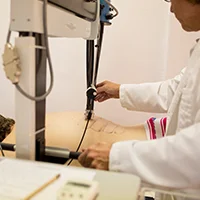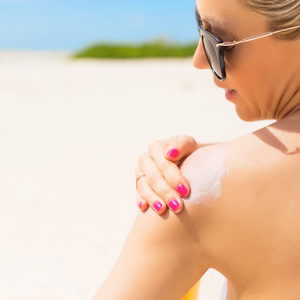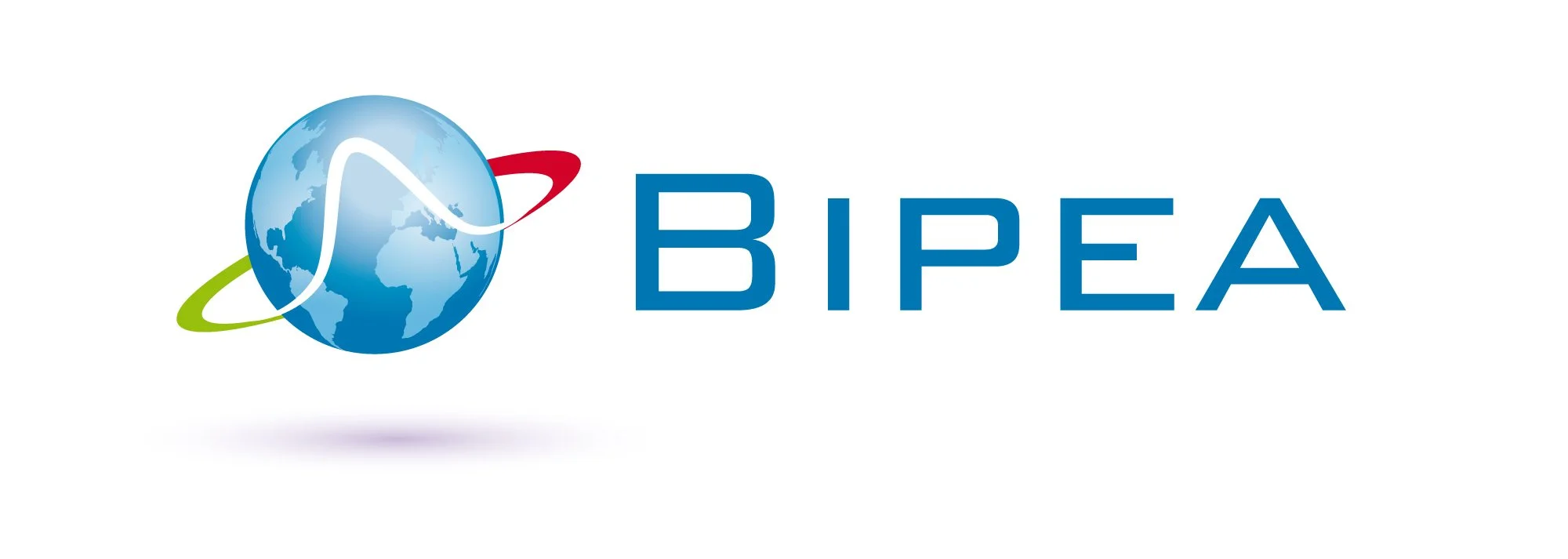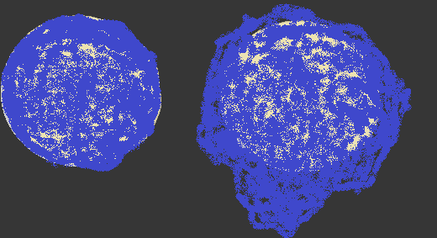Photobiology and Claim Substantiation
Global leader in suncare testing and proof of skincare efficacy
Sun Protection Factor (SPF) Determinations
SPF Testing is conducted in compliance with the regulatory requirements set forth by the FDA (U.S. Food and Drug Administration) Final Rule 2011, or the International Sun Protection Factor Method, May 2006 and the COLIPA Guidelines for Evaluating Water Resistance, Dec. 2005, the ISO 24444:2010 Test Method, or the Australian/New Zealand Standard, AS/NZS 2604:2012, with the test method utilized as requested by the study sponsor. All SPF tests are graded on a blind basis, i.e., the identity of the test product or projected SPF value is not known by the grader, thus the test results are completely objective.
Static (No water immersion)
40- or 80-Minute Water Resistant
Extended Resistant – 2-Hour, 4-Hour, 8-Hour
Immediate Water Resistant
UVA Protection Factor (UVA-PF) Determination
UVA In-Vivo testing is conducted by means of persistent pigment darkening in accordance with the regulatory requirements set for by the Japan Cosmetic Industry Association, JCIA, Measurement Standards for UVA Protection, 1999 or the ISO 24442, In-Vivo determination of sunscreen UVA protection, ISO24442:2011(E).
Efficacy/Claim Substantiation Studies
Efficacy studies involve instrumental measurements and clinical assessment. Highly sophisticated dermal evaluation devices are maintained to extend the laboratory’s capabilities into the area of human clinical evaluations. All studies are conducted in a monitored and controlled environment by trained and skilled technicians.
Migration (Sweat resistant)
Moisturization
Self Tanning Development
Specialized Claims Testing
Customized Efficacy Studies
Consumer In-Use Focus and Panel Group Marketing Studies
Outdoor and Specialty Testing
Florida Skincare Testing is a worldwide leader in performing outdoor suncare studies. Our laboratory location is unique to the industry. The Florida facility is approximately 29.5° North latitude providing extended months with temperature and sun intensity facilitating outdoor trials. In addition, the proximity to public beaches allows “real world” testing of formulas on human subjects. Specially designed protocols with IRB approval for several different types of tests accommodate impactful commercial and consumer claims.
One of the Most Accurate Testing Laboratories in the World
FST has participated in COLIPA SPF studies evaluating the exactness of findings globally. This “blind” research was organized and analyzed by BIPEA, an independent French testing agency.
With an average SPF value of 102% of the mean value, FSTI was found to be the most accurate of all participating labs for the 17 individual products tested. In addition, FSTI was closest to the mean value more often than any other participating lab. This international acclaim through BIPEA is a great source of pride for the company.
Moisture Testing is a Specialty
Most producers of skincare formulas desire that their product be aesthetically pleasing and moisturize the skin. To assure this important attribute, FSTI utilizes the state-of-the-art technology, sophisticated procedures and expert knowledge to perform moisturization tests. Extended moisture retention of 4, 8, 12, or even 24 hours gives the consumer full assurance of formula’s rich efficacy.
Migration Testing Proves Formula’s Staying Power
Migration testing measures how a formula moves away from the applied area of the skin. Why is this important? When applied to the face, a product often runs into the eyes creating irritation during water activities or active sports. This stinging effect is particularly detrimental to children. In addition, with sun protection formulas the migration will reduces its sunscreen power over time.
FST provides temperature and humidity controlled environments to test migration on the skin. Below see the results of tests on two formulas shown in blue on designated tan circle areas. The technician identifies through special lighting conditions and established distance parameters that the formula on the left hardly moved from the applied area and is consequently proven non-migrating.








